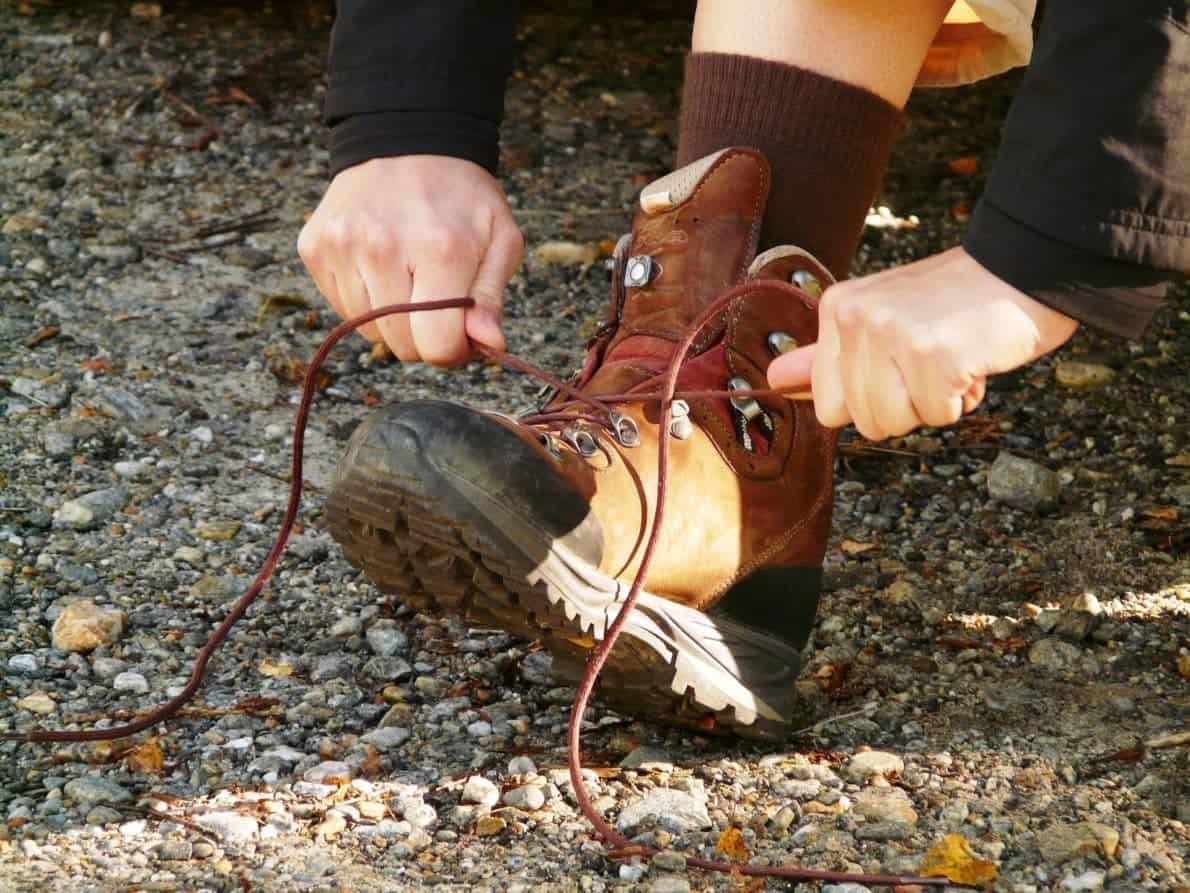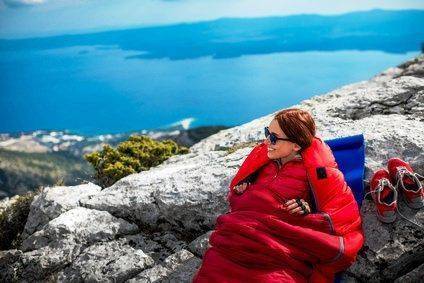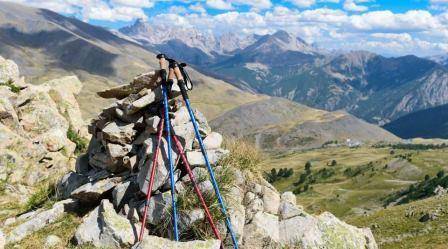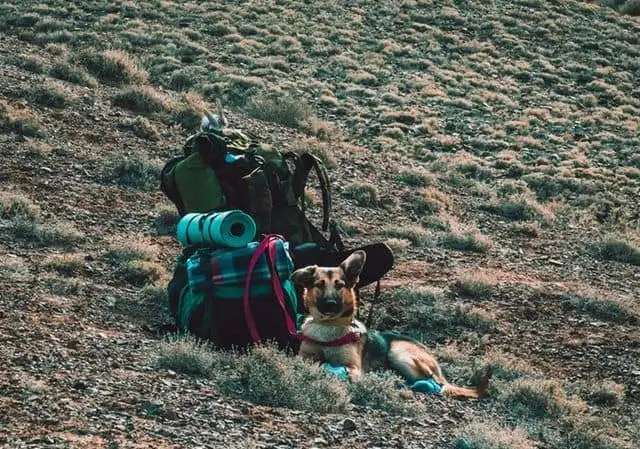It is without a doubt that the soles are the most integral part of any pair of hiking footwear. They are on the front line in a constant battle to safeguard your feet in adverse conditions on the trail. The best sole for hiking boots will keep your feet safe and protected in the face of a rugged landscape in the backcountry. With a proper outdoor-focused shoe bottom, you will also benefit from superb support, comfort, traction, and stability. It is imperative to scrutinize out-soles when buying a new hiking boot for a stress-free hiking encounter. Read on to understand more about different types of soles, the importance of the shoe bottoms as well as how to choose a quality pair.
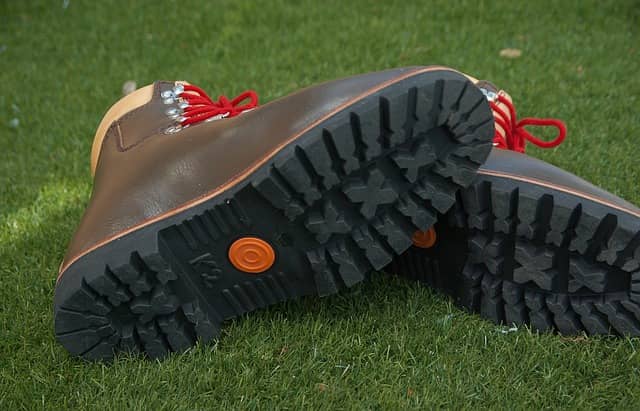
How Much Does It Cost To Resole Boots
Regardless of how well your boots are made they are bound to succumb to wear and tear in the course of your backcountry excursions. The outsole is the most impacted part of any footwear as it makes direct contact with the rugged friction-rich outdoor terrain. Well, this can catch you unprepared to purchase another pair given how costly waders can be.
Even so, replacing your favorite hiking companion is not easy owing to the emotional attachment or experiences you have together. That is why you will be glad to learn that your dear footwear can be resoled. Nonetheless, how much does it cost to resole boots? It is a question that most adventure lovers grapple with. This article looks to explore conclusive answers to this question besides providing other vital information hikers need to know about resoling their walking gums.
When is it ideal to resole your boots?
There are so many reasons that might warrant resoling. Nonetheless, your waders might need resoling when there is a hole in the sole that penetrates to the interior limiting their capacity to protect your feet. Apart from that, you will have to resole if your sole is uneven. Uneven soles expose your calves and ankle to injury. When your boots’ upper begins detaching itself from the midsole, you will have to change the sole too. To top it off, whenever the leather soles become thin or damaged by moisture or water, your footwear might be in urgent need of another sole.
Breaking Down the Actual Cost of Resoling
Before we delve into the finer details about the price of changing the shoe’s bottom, it is important to point out that not every buskin can be resoled. Moving on, you will have to part with between $80 and $150 for a solid resoling job. Other than that, you also need to understand that several factors will impact the eventual amount you will incur for the entire process.
i. Extent of damage
If your boot’s bottom has many holes, you will have to dig deeper into your pocket for a better pair. Likewise, you will only pay between $5 and $10 if your wader sole only requires small changes such as a plastic heel cup.
ii. Quality of the bottom
Of course, hiking boot soles come in a wide range of varieties. Foam, rubber, and leather are the most common types of bottoms. Each of them offers different quality in terms of longevity with leather taking the top spot.
iii. Half or full sole?
Depending on the extent of damage, you might either want a full resole or a half resole. A full resole will cost you between $35 and $70 while a half resole costs between $25 and $55.
iv. Doing it yourself
The cobbler is not the ultimate solution to your problem. You can choose to resole the boots yourself with the help of hobnails, boot glue, and a sole replacement kit. Simply remove the old soles, get the footbed ready for a new pair, and then attach the new soles. On average, the sole replacement kit goes for about $24. Super affordable, right?
On rare occasions, your boot’s bottom might demand more than a simple resole. In case the gusset is worn out, you will need $55 to $75 to get a replacement. The same goes for the stitching which costs between $15 and $25 per replacement. Sometimes you may even need new shoe strings or a brand new footbed. The bottom line is that you can rebuild or resole your hiking boots as long as they are not too worn out. Resoling is a pocket-friendly option compared to buying new boots.
Importance of the best sole for hiking boots
Your footwear is nothing without proper bottoms. They generate much-needed underfoot protection that exempts you from any injuries that might be inflicted by sharp objects or hard surfaces. Weather protection is another vital role of distinguished boot soles. They are waterproof with distinctive thermal regulation properties that guarantee a smooth hiking experience. In a like manner, out-soles elevate the grip and traction of your field boot on muddy and slippery trails. This curb falls, knee sprain among other unprecedented shortcomings. Finally, shoe soles provide impact resistance for a safe and confident boot ride.
Types of soles for hiking footwear
There is a wide spectrum of soles in the market that hiking junkies can choose depending on their needs. This includes:
1. Cork soles
If you are looking for sturdy soles that will easily conform to the shape of your foot and provide a custom fit, cork soles are your go-to pair. Foot support and impact resistance are other prominent benefits of choosing cork bottoms. Additionally, the out-soles can withstand bad weather and are fully waterproof.
2. PVC soles
This class of footwear leather stands out for its unique insulation properties. The feature makes them an obvious choice when temperatures plummet. They are the kind that will allow you to walk on the hardest surfaces without the slightest form of discomfort. In other words, the level of shock absorption in these bad boys is on another level.
3. Raw cord
They were popularized during the Second World War when rubber became scarce. Crafted from melted old car tires, raw cord bottoms are a force to reckon in all conditions. Not only are they long-lasting but also water-resistant. They may not be so common nowadays but are worth mentioning.
4. Camp soles
They are extraordinary due to their extreme lightweight apart from being weatherproof. Camp out-soles are mostly incorporated in casual footwear. This type of bottom gives incredible traction hence ideal footwear on wet terrains.
5. Lugged soles
They are appropriate for waders and utility footwear. Lugged soles are chunky featuring rubber material that delivers atypical grip in dismal conditions, particularly during winter. For top-notch performance, you have to clean them regularly to get rid of the dirt that accumulates in their deep lugs.
6. BPU soles
Weather resistance and great resilience are just the tip of the iceberg regarding why these soles make it to our exclusive list. Other than a unique combination of outdoor-oriented facets, the bottoms are tough and thick too. Still, they are low density on top of having environmentally friendly attributes.
7. EVA soles
This is another pair of shoe leather that provides unbeatable underfoot shielding and next-level shock absorption for outdoor junkies. They are widely utilized by most technical shoe brands thanks to their durability, extreme flexibility, elasticity, and weightlessness.
8. Leather soles
Leather is loved for its tough, flexible, and soft nature that consequently delivers sufficient ventilation in hot months. The biggest downside of leather soles lies in the fact that they tend to shrink when wet and become dry or brittle under extreme heat.
How to choose the best soles for your field boots
i. Consider the terrain
Terrain dictates your speed while hiking as well as the kind of footwear to put on. Muddy and slippery terrains demand sophisticated footwear bottoms with deep lugs and aggressive treads. The same goes for rocky surfaces that will require stiff and thick soles for added underfoot protection.
ii. Remember your own needs
All hikers are unique and so is every excursion. What you need for a day hike is completely different from what you may require for a multi-day hike as it pertains to hiking footwear. The same will vary according to weather and terrain. Also, some hikes are simple while others are technical. You will need a bigger and bulkier wader bottom if you are to tackle a technical hike. On the other hand, less demanding excursions only require a light pair. You need to examine the task at hand and account for such factors before landing on a perfect pair.
iii. Check the price-to-quality ratio
Every hiker deserves what he or she pays for with regard to the quality of an outdoor shoe. Remember, the out-sole is the first line of defense against dreary back-country conditions. The price of a noble pair of waders that will serve you for more than five years falls within the $50 to $150 range. This sought pair ought to come along with a decent sole that will deliver the comfort, support, and protection you need to hike stress-free. The cost of resoling would fall in the same range. Primarily, make sure it is worth every coin.
iv. Look at the brand
The market might the flooding with an endless array of boot leather makers but there are a few names that stand out for astonishing craftsmanship. Vibram is a remarkable sole maker whose profound reputation can be affirmed by out-of-the-box designs as well as durable, high-end outdoor-oriented bottoms. It is prudent to be keen on the brand to make sure that the quality is genuine and up to your standards.
v. Read customer reviews
If the brand does not offer a comprehensive guide, you can still go through what other outdoor lovers have to say about the boot bottom. The potential boot you want to buy may have already been put to test by other adventurers. Read through customer reviews or simply as other hikers about the shoe under to get a conclusive answer on quality and performance.
Things to consider when choosing the best sole for outdoor footwear
Not every shoe bottom has the right profile for outdoor-oriented waders. Here are the crucial aspects to add to your checklist:
Grip and Traction
Excellent soles ought to be slip-resistant, an aspect that is anchored on grip and traction. Treacherous surfaces or technical hikes can be a major challenge to hikers, exposing them to falls. However, a good shoe featuring deep, aggressive treads with an ingenious pattern should provide adequate safety.
Weight
Most field waders are equipped with thick or heavy out-soles for maximum toe and underfoot protection. A lot of hikers find this extra bulk a little challenging on long excursions. Nonetheless, you can still find lighter buskins for shorter or less demanding hikes.
Durability
The quality of build, stitching, and material of the sole speaks volumes about the durability of outdoor mukluk.
Waterproof
Another defining characteristic of good wader soles is the ability to keep out all moisture. This helps to maintain dryness and comfortable inside.
Underfoot protection
Sharp rocks and other hazards are a constant problem among adventurers. The last thing any adventurer wants is to have his or her hiking boot perforated. This could lead to a serious injury other than rendering the footwear ineffective in unforgiving environments. Your ultimate bet in such a scenario is tough shoe leather that will act as a solid barrier to keep the foot secure.
Thermal regulation
During hot months, pavements, rocks, and other surfaces get hot. This might cause a lot of sweating and ultimately discomfort if you were to choose inappropriate soles. On the flip side, high-end out-soles allow for world-class temperature control to keep your feet cool and cozy.
Impact absorption
Every step you take on a hiking trail poses a significant danger to your underfoot. However, the ultimate boot bottom will allow you to step confidently without worrying about spraining your ankle on uneven surfaces. Thicker soles are better at absorbing shock.
Flexibility
Other than being protective, good shoe leather needs to allow for natural foot movement. This has a huge impact on support and comfort. Overly rigid out-soles are likely going to result in blisters.
Ease of maintenance
Any outdoor footwear should be easy to clean after a hike. This enhances performance. Wader soles should particularly be easy to maintain allowing you to remove any rocks, sticks, and other debris that might be lodged in the lugs and treads. Resoling must also be possible for a consummate pair.
FAQs:
Can I get my hiking boots resoled?
Hiking boots can be resoled as long as they incorporate visible stitches all around the sole. However, boots with a molded sole cannot be resoled.
Is it worth Resoling hiking boots?
Resoling hiking boots is worth it from a financial perspective. As much as you might not get the performance or functionality of a brand new pair it is still a cheaper option compared to investing in new hiking footwear.
How do you repair hiking boot soles?
It depends on the amount of wear it has incurred. You can either take your footwear to a cobbler for resoling or do it yourself using a quality sole replacement kit. First, you will clean out any dirt around the stitching with alcohol, clean water, and a piece of cloth. Next, you will detach the boot’s bottom from the uppers. After that, apply glue or adhesive on the new sole and the boots’ upper and leave it for a while. Finally, bind them together and apply pressure for a couple of minutes until they are stuck together.
Can a cobbler replace an entire sole?
Professional cobblers are capable of replacing full or half new soles depending on how the old ones are damaged. The charges for a full and half sole replacement are different with the former being expensive.
Where to get boots resoled near me?
There are many trusted cobblers across every state in the US. Getting one that will do an excellent job around your area with the internet, Google maps, and all should not be a problem. You can check out here for more shoe repairs near you.
Conclusion
With our exhaustive guide, choosing durable filed buskin soles that will hold up in punishing conditions should be a no-brainer. Before dropping some serious cash on your next hiking footwear, ensure that its bottoms are engineered for different terrains. On top of that, they should be mindfully made incorporating quality materials, and innovative design as well as proper styling for optimal functionality. Fundamentally, the bottoms should enhance the general durability of the outdoor boot apart from boosting traction, comfort, and underfoot protection.

